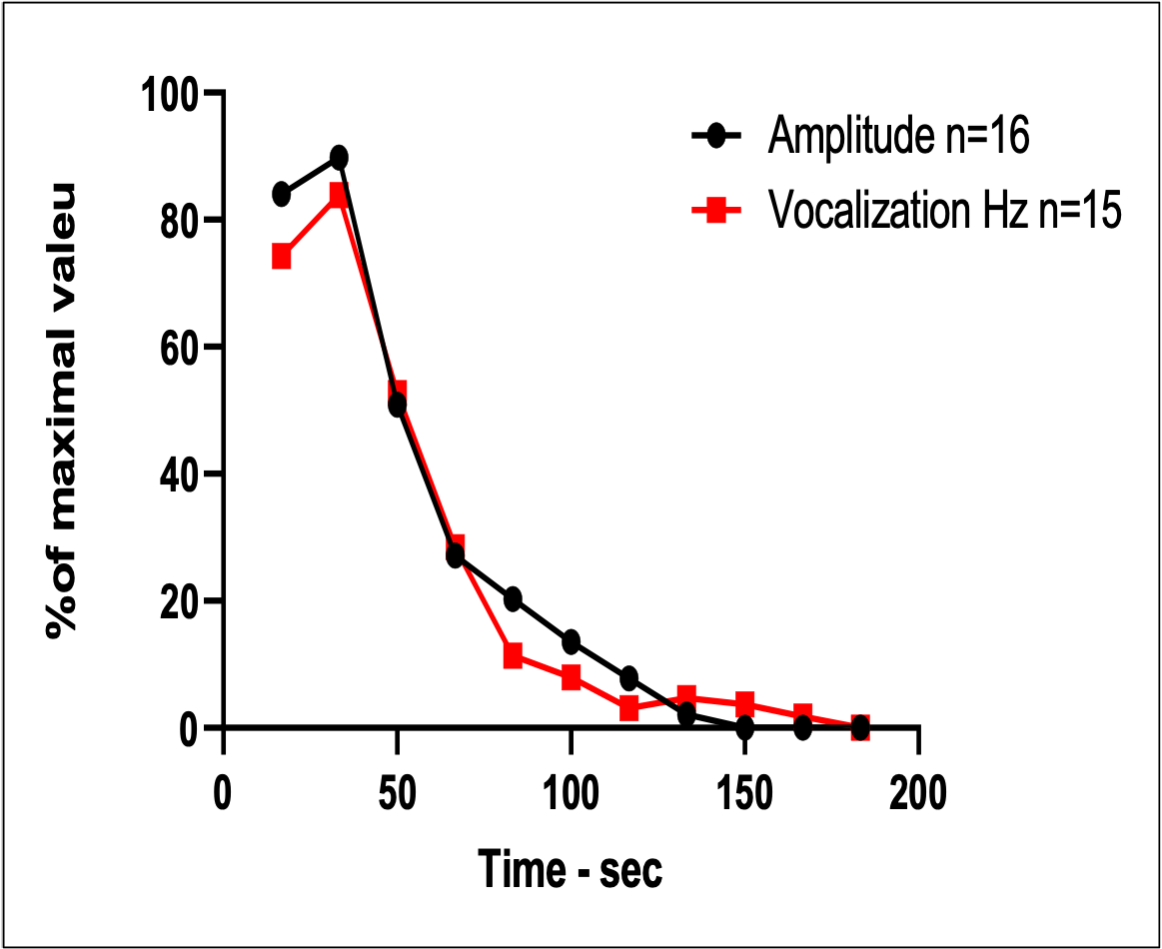MD Biosciences has published a new article in the Journal of Pain describing a novel sensory wave (P25) in the MOG-induced EAE model.
This article assesses p25, a new sensory electrophysiology wave that correlates with pain-related behavior in MOG-induced EAE mice and appears prior to the clinical symptoms. Motor electrophysiology correlates with traditional motor behavior scoring and histology.
Abstract from publication: Myelin oligodendrocyte glycoprotein (MOG)-induced experimental autoimmune encephalomyelitis (EAE) is a murine model for multiple sclerosis. This model is characterized by chronic and progressive demyelination, leading to impairment of motor function and paralysis. While the outcomes of the disease, including impaired motor function and immunological changes, are well- characterized, little is known about the impact of EAE on the electrophysiology of the motor and sensory systems. In this study, we assessed evoked potentials as a quantitative marker for in vivo monitoring of nervous system damage. Motor-evoked potentials (MEPs) and sensory-evoked po- tentials (SEPs) were first standardized in naïve C57BL mice and studied thoroughly in EAE mice. The duration of MEPs and the number of connotative potentials increased significantly alongside an increase in temporal SEP amplitudes. Moreover, a new SEP wave was identified in naïve animals, which significantly increased in MOG-induced EAE animals with no or mild symptoms (clinical score 0–2, 0–5 scale). This wave occurred ∼25 milliseconds poststimulation, thus named p25. P25 was correlated with increased vocalization and was also reduced in amplitude following treatment with positive control. As the EAE score progressed (clinical score 3–4, 0–5 scale), the amplitude of MEPs and SEPs decreased drastically. Our results demonstrate that desynchronized neural motor activity, along with hypersensitivity in the early stages of EAE, leads to a complete loss of motor and sensory functions in the late stages of the disease. The findings also suggest an increase in p25 amplitude before motor deficits appear, indicating SEP as a predictive marker for disease progression.
View the full article in Journal of Pain.



